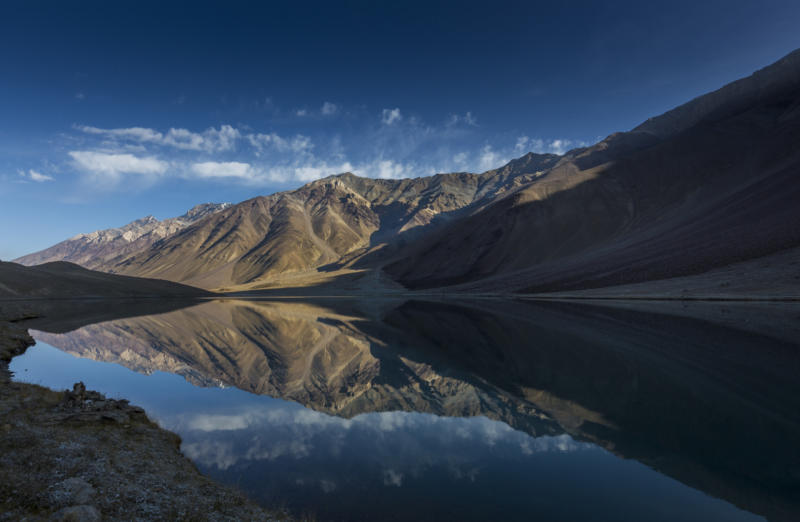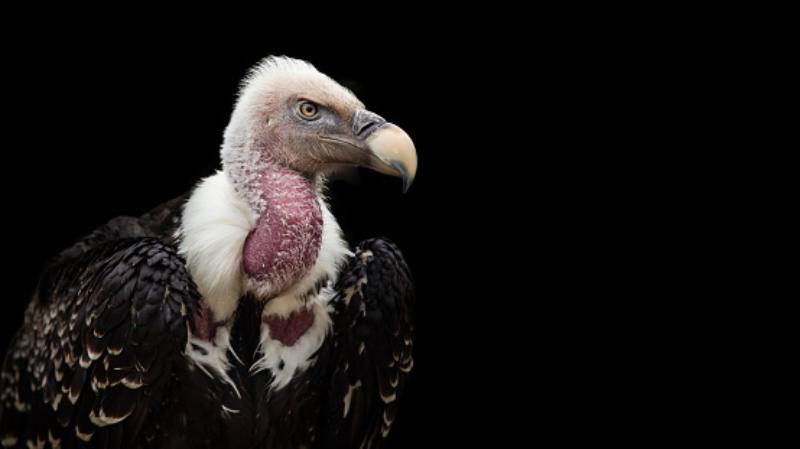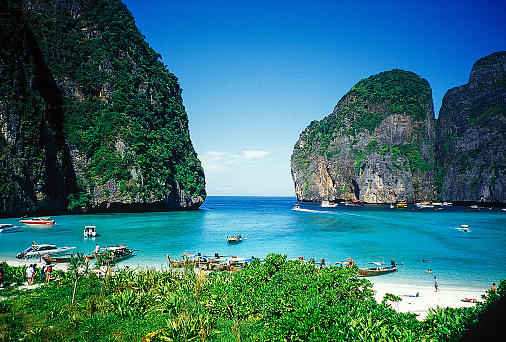New microbes found in cars, termites, and the Mariana Trench
Posted on November 6, 2018 by Matt Bassett
Each month, the Microbiology Society publishes the International Journal of Systematic and Evolutionary Microbiology (IJSEM), which details newly discovered species of bacteria, fungi and protists. Here are some of the new species that have been discovered and the places they’ve been found.
This month, microbes were being discovered at some of the highest and lowest points of the planet. Reaching 10,994m, the Mariana Trench has the deepest point in the world, research group discovered not just a new species but also a new genus, Abyssibacter profundi, isolated from sea water collected at a depth of 1,000m. Over 5,000 higher, in Chandra Tal, a high-altitude lake in the Lahaul-Spiti valley of the Himalayas, a research group from India discovered Psychromicrobium lacuslunae, isolating the bacterium from the lake’s subsurface water.

- Chadra Tal, the high-altitude lake where Psychromicrobium lacuslunae was discovered. Chandra Tal is located 4,250m above sea level
Researchers have also discovered microbes from creatures great and small. In China, Actinomyces tangfeifanii was isolated from Old World vultures, and a strain of lactic acid bacteria, Lactococcus termiticola, was isolated from the gut of the wood-feeding higher termite, Nasutitermes takasagoensis.

Microbiologists are also finding new species' in man-made environments. Methylobacterium currus is a new species discovered from a car air conditioning system. This new bacterium belongs to the methylotrophs; the group that use one-carbon compounds such as methanol for growth, not to be confused with methanogens that produce methane.
Marine microbiologists have discovered three new species from the Indian Ocean. The light pink, spiral shaped Indioceanicola profundi was isolated from a deep-sea sediment sample, the rod-shaped Alcanivorax indicus was discovered in a sample of seawater, and to the far east of the Indian Ocean, microbiologists working in Thailand discovered new yeast species Spencerozyma siamensis, isolated from a soft coral collected off Ko Mu island.

The full papers describing these species are available to journal subscribers, but the abstracts are free to read. Articles can also be purchased individually with the pay-per-view option.

